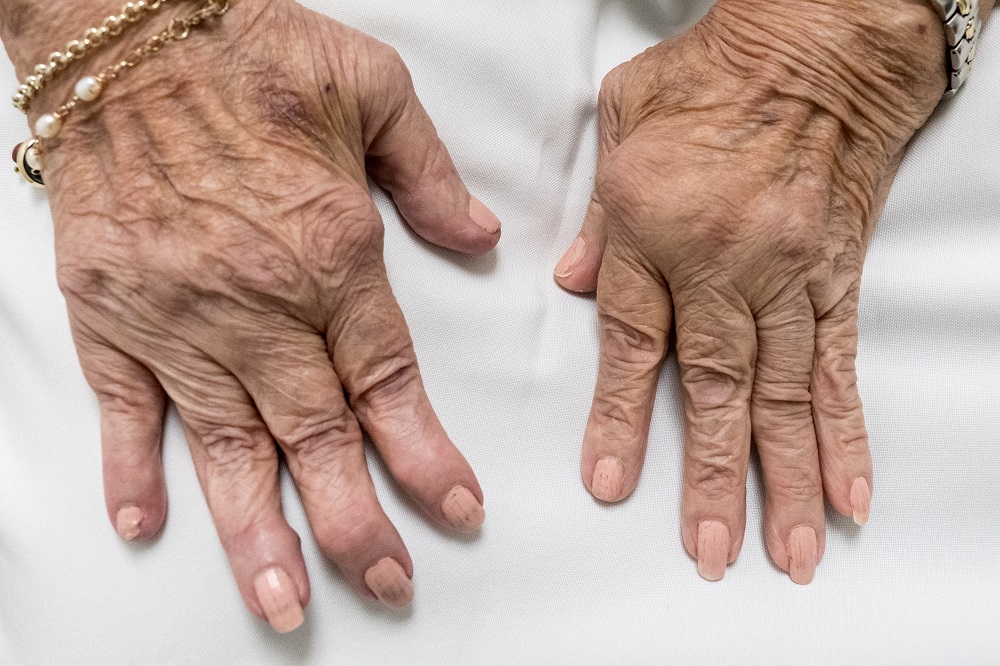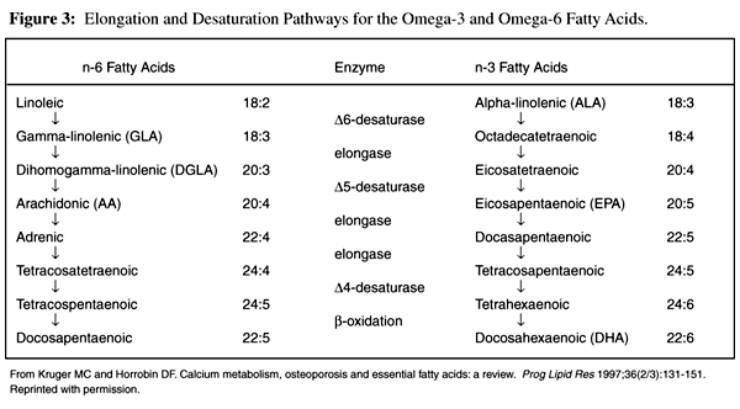Treatment of Rheumatoid Arthritis with Marine and Botanical Oils
Treatment of Rheumatoid Arthritis with Marine and Botanical Oils: An 18-month, Randomized, and Double-blind Trial
SOURCE: Evid Based Complement Alternat Med. 2014 (Mar 19)
George W. Reed, Katherine Leung, Ronald G. Rossetti, Susan VanBuskirk, John T. Sharp, and Robert B. Zurier
University of Massachusetts Medical School,
Department of Medicine,
Division of Preventive and Behavioral Medicine,
55 Lake Avenue North, Shaw Building,
Worcester, MA 01655, USA.
OBJECTIVE: To determine whether a combination of borage seed oil rich in gamma linolenic acid (GLA) and fish oil rich in eicosapentaenoic acid (EPA) and docosahexaenoic acid (DHA) is superior to either oil alone for treatment of rheumatoid arthritis (RA).
METHODS: Patients were randomized into a double-blind, 18–month trial. Mixed effects models compared trends over time in disease activity measures.
RESULTS: No significant differences were observed in changes in disease activity among the three randomized groups. Each group exhibited significant reductions in disease activity (DAS28) at 9 months (fish: –1.56[–2.16, –0.96], borage: –1.33[–1.83, –0.84], combined: –1.18[–1.83, –0.54]) and in CDAI (fish: –16.95[–19.91, –13.98], borage: –11.20[–14.21, –8.19], and combined: –10.31[–13.61, –7.01]). There were no significant differences in change of RA medications among the three groups. Reduced disease activity in study patients was similar to matched patients from an RA registry, and reduction in disease modifying antirheumatic drugs (DMARD) use was greater (P < 0.03) in study patients.
There are more articles like this @ our:
OMEGA-3 FATTY ACIDS Page and the:



